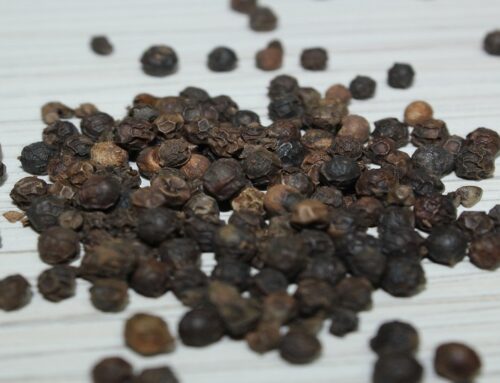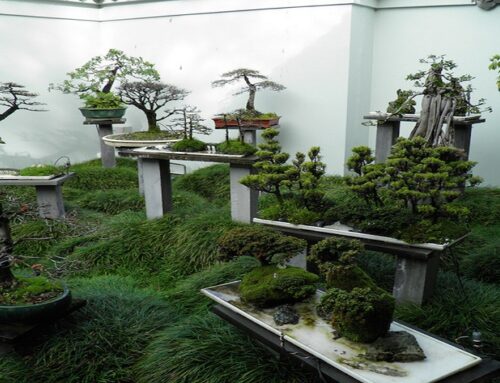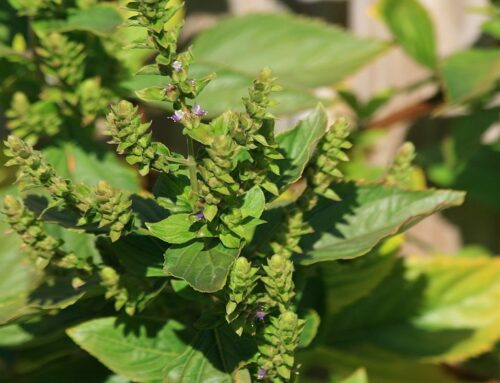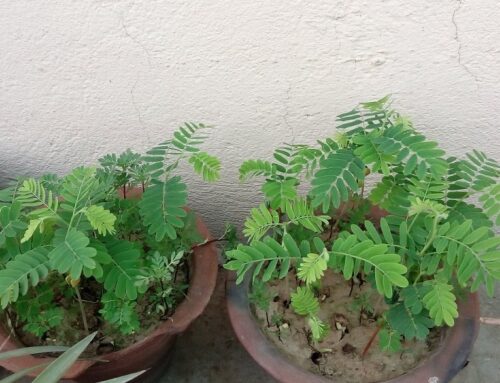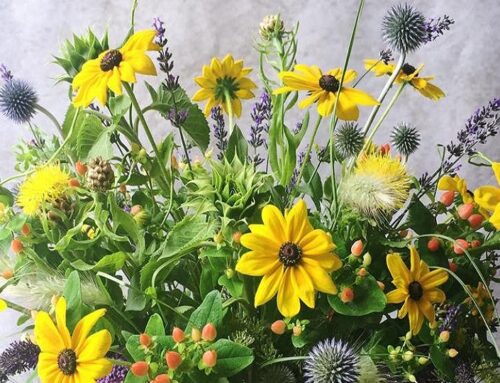A garden, as per Oxford dictionary, is a piece of ground used for growing flowers and vegetables, and gardening is the activity of growing flowers and vegetables on a piece of ground. However in broad term, a garden may be defined as a piece of land that is used for beautification and utility purposes. A garden may be beautified by landscaping and by planting flowering and foliage plants. It is made useful by planting vegetables, medicinal and culinary herbs, and fruit trees.
Gardening may be pursued either as a hobby or as a career. To the modern urban world, gardening is a hobby, a relaxing escape from the pressures of an urban environment. To a vocational gardener, gardening may be an enjoyable vocation. Whatever may be the reason behind the gardening activity, undoubtedly, growing flowers, fresh vegetables, herbs, and fruits, provides a great sense of joy, relaxation and accomplishment.
In horticulture, gardening is defined as the practice of growing and cultivating plants. In gardens, ornamental plants are often grown for their flowers, foliage, or overall appearance, while other useful plants such as root vegetables, leafy vegetables, fruit plants, and herbs are grown for consumption purposes. There are certain other plants that are grown for use as dyes, or for their medicinal or cosmetic properties.
Types of Gardening: Gardening may be specialized or generic. Specialized gardens focus on growing a specific category of plants. For example, flower gardens, vegetable gardens, fruit orchards, herbal gardens, rock gardens, and so on. Generic gardens make use of both utility and aesthetics as in case of landscape gardens, parks, etc. An overview of different types of gardening practices is given below.
Home Gardening or Residential Gardening: When gardening is pursued as a hobby in your residential premises, it is called residential gardening or home gardening.
Community Gardening: When gardening is practiced as a social activity in a garden site owned by a community or a trust or simply by a group of people, it is called community gardening. Some of the advantages of community gardening are neighbourhood improvement, sense of belonging to a community and atonement with the nature.
Vegetable Gardening: The best example for vegetable gardening is truck gardening where vegetables are grown for nearest markets.
Landscape Gardening: In landscape gardening, focus is given on the creation of a landscape.
Herbal Gardening: Herbal gardening focuses on growing herbs that are used for culinary, medicinal and aromatic purposes.
Non-Residential or Commercial Gardening: When gardening is practiced in public places it is called non-residential gardening. For example, public parks, public or semi-public gardens, botanical gardens or zoological gardens, amusement parks, gardens around transportation corridors, and gardens around hotels and hospitals.
Native Plant Gardening: When focus is given in growing native plants in a gardening system of an adopted area, it is called native plant gardening. Objective of this gardening practice is to create gardens that are in harmony with the adopted areas, while preserving the native plant population of that particular area. Native plant gardening reduces the use of resources such as water, manures and fertilizers, and crop protection chemicals.
Greenhouse Gardening: If gardening is practiced in greenhouses and glasshouses, it is called greenhouse gardening. Shade loving plants are generally grown in greenhouses.
Home Gardening: As mentioned above, a home garden is always raised in a residential area. A home garden may be raised in the close vicinity of a villa or a residential house, or in the indoors of an apartment. That is, home gardening may be practiced as either an outdoor gardening activity or indoor gardening or both.
Outdoor Home Gardening: For a home gardener, outdoor gardening gives immense scope for a lot experimentations with different types of plants according to the outdoor area available for gardening. If large areas are available, then the gardener may raise different types of fruit trees, ornamental trees and a number of useful shrubs alongside small fruit plants, vegetables, herbs, and flowering plants. In an outdoor garden more emphasis in given on ‘utility’ than ‘aesthetics’.
Indoor Home Gardening or Indoor Gardening: When gardening is pursued indoors, it is called indoor gardening. In indoor gardening, ‘aesthetics’ is more emphasised than ‘utility’. That is, an indoor garden has great interior decoration value. For city dwellers that happen to live in multi-storeyed apartments, indoor gardening is not only a hobby but a way to ensure pollution-free indoors also.
Indoor Gardening: If the site of gardening is indoors of your home, it is called indoor gardening. An indoor garden may be located anywhere inside your living apartments or on a roof, in an atrium, on a balcony, in a window box, or on a patio or vivarium. Indoor gardens are sometimes incorporated as a part of air conditioning or heating systems because indoor plants reduce the effects of pollution and heat induced by the air conditioning or heating systems. Indoor plants reduce indoor air pollution, particularly the presence of pollutants or volatile organic compounds (VOC) such as benzene, toluene, and xylene by removing them from the indoor environment. In fact these toxic compounds are removed by soil microorganisms present in the potted mixture of the plants. Indoor plants also reduce airborne microbes and remove indoor CO (Carbon Mono-Oxide) and, sometimes, CO2 (Carbon Di-Oxide).
Indoor Plants for Improving Indoor Air Quality: Some of the indoor plants that are highly effective in reducing indoor air pollution are, Spathiphyllum ‘Petite’ (Peace Lily); Dracaena ‘Janet Craig’, D. marginata; Howea forsteriana (Kentia palm); Epipremnum aureum (Pothos, Devil’s Ivy) and Schefflera ‘Amate’ (Dwarf Queensland Umbrella Tree).
Container Gardening: The practice of growing plants in pots and containers to raise a garden is known as container gardening. Container gardening is most suitable for urban homes, a majority of whom live in apartments. Most commonly used containers are cement pots, earthen pots and pans, wooden barrels, boxes and crates, plastic jars, cans and buckets, tin boxes and drums. While selecting containers, following factors should be considered.
Adequate drainage: Containers should have at least one hole of an adequate size at the bottom as in earthen pots, to drain out excess water.
Containers can easily be placed on the terrace, window sills, window boxes, balcony and verandah where sunlight is available for the plants
Containers can hold sufficient volume of media and Containers should be lightweight and easy to handle. Containers should be durable and free of toxic substances and Containers should prevent root circling.
Terrace Gardening: Terrace gardening is an indoor gardening practice recommended for houses with limited ground or no ground at all as in case of multi-storey apartments. Terrace gardening is also called roof gardening because plants are grown on roofs of the houses. In terrace gardening, plants are normally grown in pots and other containers.
We have a book on ‘Growing a Home Garden‘….
Check out our publishing services here…
We publish top quality videos on various ‘Food & Agriculture’ topics. You may subscribe our video channel here…


